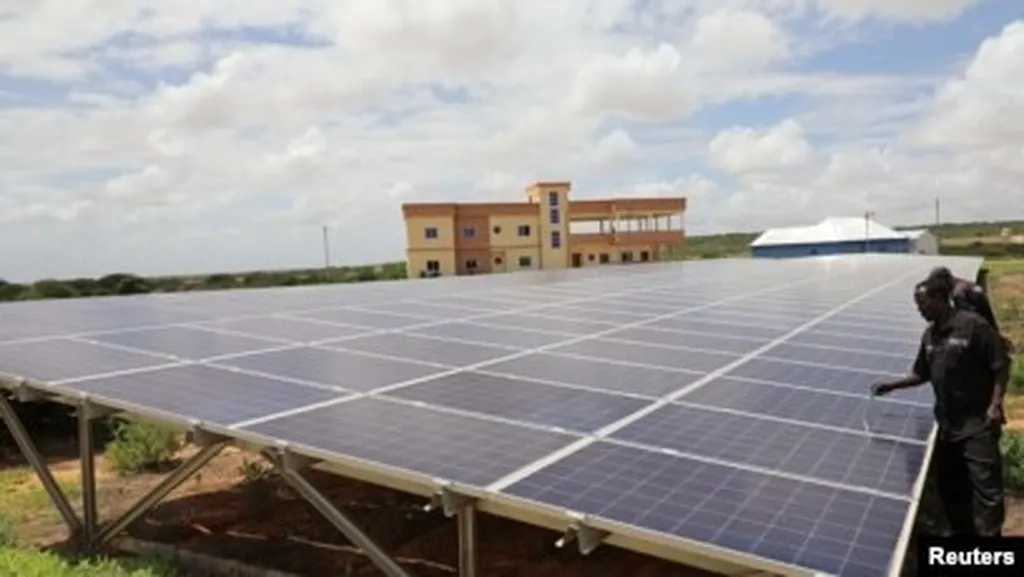In the quest for sustainable construction materials, a groundbreaking study led by Roble Ibrahim Liban from the Department of Civil Engineering at Mogadishu University has unveiled a novel approach to optimizing natural zeolite-based geopolymers. Published in the journal *Materials Research Express* (translated to English as “Materials Research Express”), this research combines advanced statistical and computational techniques to enhance the mechanical performance and durability of geopolymer mortars, offering promising implications for the energy sector and low-carbon construction.
Geopolymers, known for their eco-friendly properties, have long been touted as a sustainable alternative to traditional cement. However, their widespread adoption has been hindered by challenges in achieving consistent mechanical strength and durability. To address these issues, Liban and his team employed an integrated framework that includes the Taguchi design, Grey Relational Analysis (GRA), and Genetic Algorithms (GA).
The study focused on partially substituting natural zeolite (NZ) with fly ash (FA) and calcium hydroxide (CH) to boost binder reactivity and matrix density. “By optimizing the composition of these materials, we can significantly improve their performance,” Liban explained. The researchers utilized a Taguchi L9 orthogonal design to determine the ideal activator values, followed by GRA to consolidate compressive strength data from 7, 28, and 90 days into a single performance index.
The top-performing mixtures identified were F_20 C_20, F_25 C_25, and F_30 C_30. These mixtures were then used to develop regression-based predictive models, which were subsequently optimized using genetic algorithms. The GA identified an optimal formulation consisting of NZ = 214.6 g dm^−3, FA = 116.4 g dm^−3, and CH = 116.4 g dm^−3. This formulation achieved a predicted compressive strength of 33.01 MPa, with experimental validation showing a deviation of less than 1.1%.
The implications of this research are far-reaching, particularly for the energy sector. “This integrated method demonstrates that statistical design, data-driven modeling, and evolutionary optimization can work together to develop sustainable, high-performance binders,” Liban noted. The resulting materials not only enhance strength and durability but also align with global sustainability objectives, offering a viable solution for low-carbon construction.
As the construction industry continues to seek innovative ways to reduce its carbon footprint, this research provides a compelling example of how advanced computational techniques can be leveraged to optimize material performance. The findings could pave the way for the development of next-generation geopolymers that are both environmentally friendly and economically viable, ultimately shaping the future of sustainable construction.
In a field where every percentage point of improvement in material performance can translate to significant cost savings and environmental benefits, this study offers a beacon of hope. As the world grapples with the urgent need to transition to low-carbon economies, the work of Liban and his team underscores the critical role that research and innovation play in driving this transformation forward.

